ÖKO L1
"Generally Safe" and regularly monitored piped water. Filtration required with outdoor water sources, streams, creeks and to reduce chlorine, improve taste and odor in urban areas.
ÖKO INSTA™
"Generally Safe" and regularly monitored piped water. Filtration required with outdoor water sources, streams, creeks and to reduce chlorine, improve taste and odor in urban areas.
ÖKO INSTA™
Questionable water quality. Even though locals may be used to piped waters, visitors must use caution and be selective with choice of water sources. ÖKO Original bottles and filters are recommended.
ÖKO Original
Poor water conditions. Water treatments is strongly advisable. In extreme circumstances where water sources are scarce, ÖKO L3 filter (ÖKO Survivor Kit) is recommended.
ÖKO Survivor Kit
Does not meet potable water standards for filtration alone. Additional treatment (boiling, chemical treatment, etc...) is needed depending on local conditions. All water used should be adequately treated before drinking.
The most common sources of lead in drinking water are lead pipes, faucets, and plumbing fixtures. Certain pipes that carry drinking water from the water source to the home may contain lead. Household plumbing fixtures, welding solder, and pipe fittings made prior to 1986 may also contain lead.
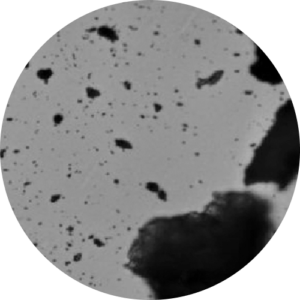
Giardia is a tiny parasite (germ) that causes the diarrheal disease giardiasis. Giardia is found on surfaces or in soil, food, or water that has been contaminated with feces (poop) from infected people or animals. You can get giardiasis if you swallow Giardia germs.
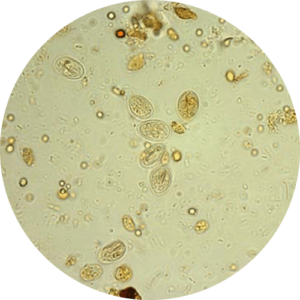
Per and Polyfluoroalkyl Substances (PFAS) are a category of “emerging contaminants,” which means they have been detected in the environment but the risk to human health is not well-understood. GenX, PFOA, and PFOS are all common variations that fall under the category of PFAS. Chemical manufacturing companies (including DuPont, Chemours, and 3M) have been using variations of these chemicals in industrial and consumer products since the early 1950’s. Scotchgard, Teflon, firefighting foam, metal plating, heat/water repellent products, and stain resistant fabrics are associated with this category of contaminant. PFAS are extremely persistent in the environment, which means they do not readily degrade.
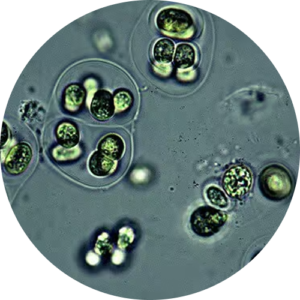
Cryptosporidium is a parasite that causes a diarrheal illness called cryptosporidiosis (the parasite and the disease are often called “Crypto”). Crypto is a common waterborne illness and is the most common cause of recreational water illness in the United States.
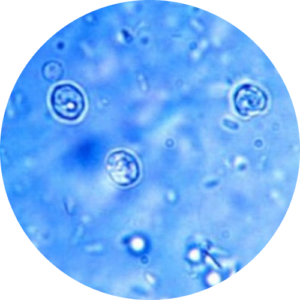
CHLORINE AND CHLORAMINE ARE THE MAJOR DISINFECTANTS USED IN PUBLIC WATER SYSTEMS. You can find out whether there is a disinfectant in your water, what kind of disinfectant is used, and how well your utility has followed the rules about disinfection by obtaining a copy of your utility’s consumer confidence report.
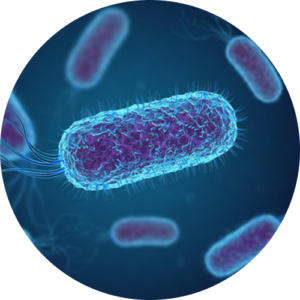
Plastic is the most prevalent type of marine debris found in our ocean and Great Lakes. Plastic debris can come in all shapes and sizes, but those that are less than five millimeters in length (or about the size of a sesame seed) are called “microplastics.”
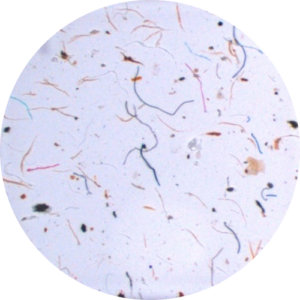
Norovirus, sometimes referred to as the winter vomiting disease, is the most common cause of gastroenteritis.[1][6] Infection is characterized by non-bloody diarrhea, vomiting, and stomach pain.[2][3] Fever or headaches may also occur.[2] Symptoms usually develop 12 to 48 hours after being exposed, and recovery typically occurs within one to three days.[2] Complications are uncommon, but may include dehydration, especially in the young, the old, and those with other health problems.[2]
The virus is usually spread by the fecal–oral route.[3] This may be through contaminated food or water or person-to-person contact.[3] It may also spread via contaminated surfaces or through air from the vomit of an infected person.[3] Risk factors include unsanitary food preparation and sharing close quarters.[3] Diagnosis is generally based on symptoms.[3] Confirmatory testing is not usually available but may be performed by public health agencies during outbreaks.[3]
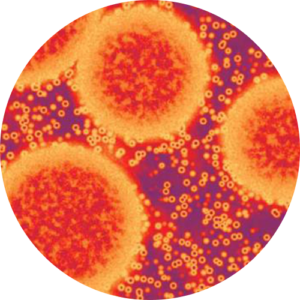
Escherichia coli(/ˌɛʃəˈrɪkiə ˈkoʊlaɪ/),[1][2]also known asE. coli(/ˌiː ˈkoʊlaɪ/),[2]is aGram-negative,facultative anaerobic,rod-shaped,coliform bacteriumof the genusEscherichiathat is commonly found in the lowerintestineofwarm-bloodedorganisms.[3][4]MostE. colistrainsare harmless, but someserotypes(EPEC,ETECetc.) can cause seriousfood poisoningin their hosts, and are occasionally responsible forfood contaminationincidents that prompt product recalls.[5][6]Most strains do not cause disease in humans and are part of the normalmicrobiota of the gut; such strains are harmless or even beneficial to humans (although these strains tend to be less studied than the pathogenic ones).[7]For example, some strains ofE. colibenefit their hosts by producingvitamin K2[8]or by preventing the colonization of the intestine bypathogenic bacteria. These mutually beneficial relationships betweenE. coliand humans are a type ofmutualisticbiological relationship — where both the humans and theE. coliare benefitting each other.[9][10]E. coliis expelled into the environment within fecal matter. The bacterium grows massively in fresh faecal matter under aerobic conditions for three days, but its numbers decline slowly afterwards.[11]
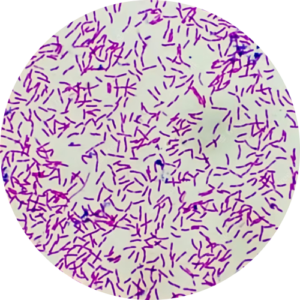
Bisphenol A(BPA) is achemical compoundprimarily used in the manufacturing of variousplastics. It is a colourless solid which issolublein most commonorganic solvents, but has very poor solubility in water.[2][7]BPA is produced on an industrial scale by thecondensationofphenolandacetone, and has a global production scale which is expected to reach 10 million tonnes in 2022.[8]BPA’s largest single application is as aco-monomerin the production ofpolycarbonates, which accounts for 65–70% of all BPA production.[9][10]The manufacturing ofepoxy resinsandvinyl ester resinsaccount for 25–30% of BPA use.[9][10]The remaining 5% is used as a major component of severalhigh-performance plastics, and as a minor additive inPVC,polyurethane,thermal paper, and several other materials. It is not aplasticizer,[11]although it is often wrongly labelled as such.
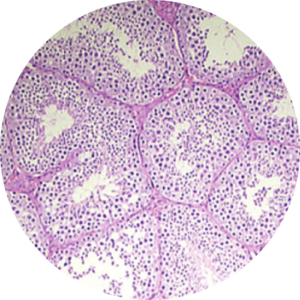

The most common sources of lead in drinking water are lead pipes, faucets, and plumbing fixtures. Certain pipes that carry drinking water from the water source to the home may contain lead. Household plumbing fixtures, welding solder, and pipe fittings made prior to 1986 may also contain lead.

Giardia is a tiny parasite (germ) that causes the diarrheal disease giardiasis. Giardia is found on surfaces or in soil, food, or water that has been contaminated with feces (poop) from infected people or animals. You can get giardiasis if you swallow Giardia germs.

Per and Polyfluoroalkyl Substances (PFAS) are a category of “emerging contaminants,” which means they have been detected in the environment but the risk to human health is not well-understood. GenX, PFOA, and PFOS are all common variations that fall under the category of PFAS. Chemical manufacturing companies (including DuPont, Chemours, and 3M) have been using variations of these chemicals in industrial and consumer products since the early 1950’s. Scotchgard, Teflon, firefighting foam, metal plating, heat/water repellent products, and stain resistant fabrics are associated with this category of contaminant. PFAS are extremely persistent in the environment, which means they do not readily degrade.

Cryptosporidium is a parasite that causes a diarrheal illness called cryptosporidiosis (the parasite and the disease are often called “Crypto”). Crypto is a common waterborne illness and is the most common cause of recreational water illness in the United States.

CHLORINE AND CHLORAMINE ARE THE MAJOR DISINFECTANTS USED IN PUBLIC WATER SYSTEMS. You can find out whether there is a disinfectant in your water, what kind of disinfectant is used, and how well your utility has followed the rules about disinfection by obtaining a copy of your utility’s consumer confidence report.

Plastic is the most prevalent type of marine debris found in our ocean and Great Lakes. Plastic debris can come in all shapes and sizes, but those that are less than five millimeters in length (or about the size of a sesame seed) are called “microplastics.”

Norovirus, sometimes referred to as the winter vomiting disease, is the most common cause of gastroenteritis.[1][6] Infection is characterized by non-bloody diarrhea, vomiting, and stomach pain.[2][3] Fever or headaches may also occur.[2] Symptoms usually develop 12 to 48 hours after being exposed, and recovery typically occurs within one to three days.[2] Complications are uncommon, but may include dehydration, especially in the young, the old, and those with other health problems.[2]
The virus is usually spread by the fecal–oral route.[3] This may be through contaminated food or water or person-to-person contact.[3] It may also spread via contaminated surfaces or through air from the vomit of an infected person.[3] Risk factors include unsanitary food preparation and sharing close quarters.[3] Diagnosis is generally based on symptoms.[3] Confirmatory testing is not usually available but may be performed by public health agencies during outbreaks.[3]

Escherichia coli(/ˌɛʃəˈrɪkiə ˈkoʊlaɪ/),[1][2]also known asE. coli(/ˌiː ˈkoʊlaɪ/),[2]is aGram-negative,facultative anaerobic,rod-shaped,coliform bacteriumof the genusEscherichiathat is commonly found in the lowerintestineofwarm-bloodedorganisms.[3][4]MostE. colistrainsare harmless, but someserotypes(EPEC,ETECetc.) can cause seriousfood poisoningin their hosts, and are occasionally responsible forfood contaminationincidents that prompt product recalls.[5][6]Most strains do not cause disease in humans and are part of the normalmicrobiota of the gut; such strains are harmless or even beneficial to humans (although these strains tend to be less studied than the pathogenic ones).[7]For example, some strains ofE. colibenefit their hosts by producingvitamin K2[8]or by preventing the colonization of the intestine bypathogenic bacteria. These mutually beneficial relationships betweenE. coliand humans are a type ofmutualisticbiological relationship — where both the humans and theE. coliare benefitting each other.[9][10]E. coliis expelled into the environment within fecal matter. The bacterium grows massively in fresh faecal matter under aerobic conditions for three days, but its numbers decline slowly afterwards.[11]

Bisphenol A(BPA) is achemical compoundprimarily used in the manufacturing of variousplastics. It is a colourless solid which issolublein most commonorganic solvents, but has very poor solubility in water.[2][7]BPA is produced on an industrial scale by thecondensationofphenolandacetone, and has a global production scale which is expected to reach 10 million tonnes in 2022.[8]BPA’s largest single application is as aco-monomerin the production ofpolycarbonates, which accounts for 65–70% of all BPA production.[9][10]The manufacturing ofepoxy resinsandvinyl ester resinsaccount for 25–30% of BPA use.[9][10]The remaining 5% is used as a major component of severalhigh-performance plastics, and as a minor additive inPVC,polyurethane,thermal paper, and several other materials. It is not aplasticizer,[11]although it is often wrongly labelled as such.
Thanks for subscribing!
This email has been registered!